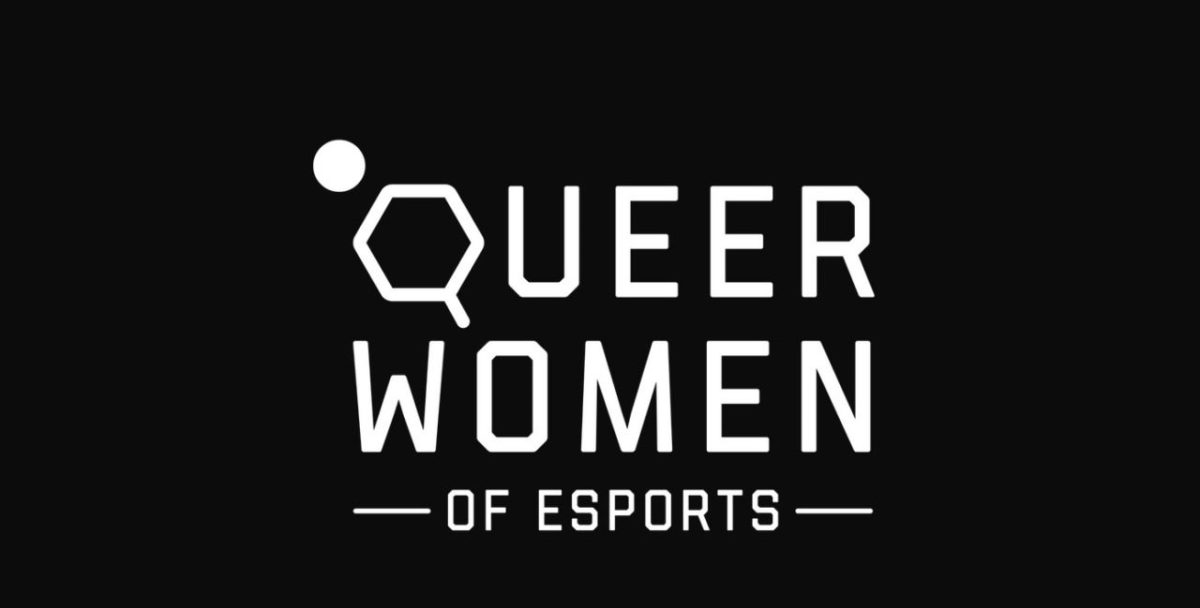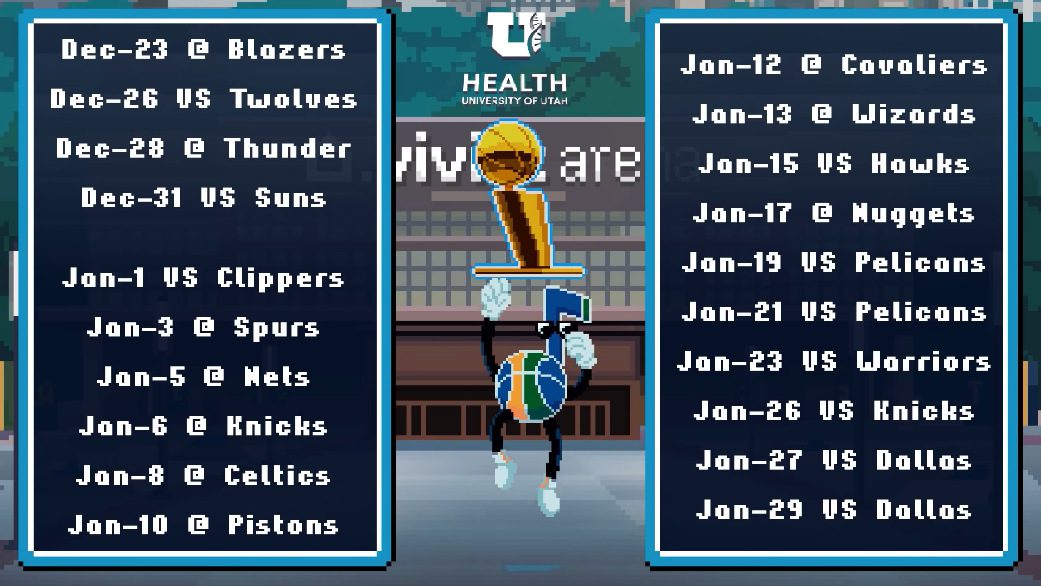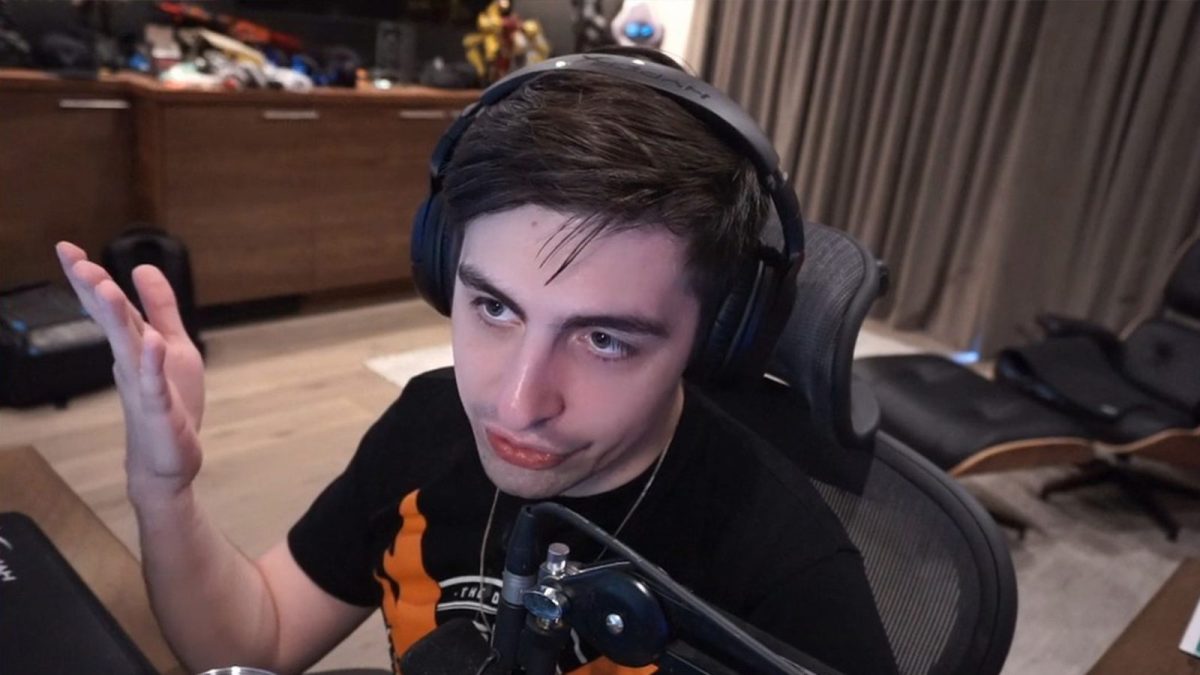After the recent outcry from the FIFA community over the lack of communication between FIFA developers and the community themselves, EA started to publish “Pitch Notes.” This is EA’s way of communicating with their players, as well as becoming more transparent as a publisher. The FIFA community has been looking for transparency and communication ever since games such as PUBG and Fortnite have been transparent with their communities in terms of updates.
EA recently published their second iteration of Pitch Notes. This specific post was about Chemistry in Ultimate Team. Chemistry is a feature that determines a player’s performance. If they are linked with players that they are not familiar with (different club, nation, or league), then they will perform worse. In addition to this, EA recently introduced “chemistry styles” that determine which statistics get a boost for each player. Certain chemistry styles can be applied depending on your style of play.
In FIFA 18, EA introduced a new way of using chemistry styles. Data miners were able to establish the exact amount of increase when it came to applying chemistry styles to an item. This meant that some players could get significant statistic boosts. It was unclear whether this was true for some time. However, EA has finally published a full article explaining and proving the boosts. You can read the official article here.
Visualizing the impacts of Chemistry
In FIFA 19, EA has implemented a feature that allows the player to see the boost or downgrades on their player. An example that they provided was Dybala. They have him at 10 chemistry (maximum) and he clearly has statistic upgrades in certain areas. This is due to him being on full chemistry, with a chemistry style added.

They then provide an example that shows the effect of low chemistry on a player. If a player is not linked with familiar players, then they will not have full chemistry. In previous titles, it was easy to play someone like Cristiano Ronaldo at striker on 7 chemistry as there was not a noticeable difference. However, with the new feature, we can see exactly how he is affected and which chemistry styles need to be applied to add a boost back.

How to calculate chemistry
This has been a hot topic within the Ultimate Team community for some time now. Players were contemplating the relevance of bringing players on as substitutes at the start of the game, and how their chemistry would affect the other players. This has now been confirmed by EA:
The effects of Chemistry are applied to players at the start of every game. These effects are determined by a combination of Team Chemistry and Individual Player Chemistry and the attributes that Chemistry modifies are determined by the applied Chemistry Style.
- Players in the starting XI: 25% from Team Chemistry and 75% from Individual Player Chemistry.
- Players who come on as a substitute: Substitutes are assigned a Static Individual Player Chemistry of 5. Thus, their individual chemistry is: 25% from Team Chemistry and 75% from Static Individual Player Chemistry of 5.
This means that, while substitutes benefit from being in a team with high Chemistry, they won’t receive the effects of Individual Player Chemistry.
This may be hard for some people to wrap their heads around. It certainly was for me. It involves a lot of math and equations. However, the chemistry for players is essentially a combination of their own chemistry, in addition to the total team chemistry. This means that a player may have 10 chemistry in the squad, while the whole team may only have 80 chemistry. This means that he, in fact, will not be on full chemistry. For other, more in-depth, calculations, check out the full EA Pitch Notes that were referenced at the start of this article.
Chemistry style effects on attributes
As mentioned previously, players are heavily affected by the addition of chemistry styles. EA has finally confirmed the exact boosts that each chemistry style gives. They specify it in a spreadsheet. Obviously, the boost on the player depends on the player’s and the whole team’s chemistry. These changes may differ if they aren’t on full chemistry. This has also been published for the most hardcore FIFA players and statistic miners. For most players, the in-game indication will probably be enough. You can check out the full spreadsheet here.
Team management and Stamina effects
After an Ultimate Team game has started, the team management, e.g., position changes/formation changes, will not have an effect on chemistry. This means that you can freely modify your team after a match has started, and your players will not lose or gain any chemistry.
Stamina was also addressed towards the end of the article. EA mentions that stamina can have an effect on some statistics in the game, as it plays out. The statistics that are affected are the following:
- Acceleration
- Agility
- Jumping
- Strength
- Reactions
- Marking
This means that you will need players with good stamina in FIFA 19. It was an issue in previous games, but we now know the true consequences of low stamina in Ultimate Team.

My thoughts
I personally never used chemistry styles in FIFA. When competing in modes such as FUT Champions, I was one of the players who never believed in the data that was brought to the surface. I did not believe in the — now proven — stat boosts that were shown on sites such as FUTWIZ. This meant that I was at a huge disadvantage as I was not utilizing the new feature correctly. This now leads me to believe that chemistry styles, and chemistry in general, are one of the most vital parts to FIFA Ultimate Team. Finally, I also think that the new feature will open up this implementation to bigger and better things, such as adding even more chemistry styles to help players establish their playing styles early on. This will certainly help me to set a certain style of play in stone.
What do you think of the changes made by EA? Also, do you like the transparency that EA is finally giving to us? We’d love to hear from you. If you enjoyed this article, you can also check out our other FIFA coverage here.















Published: Sep 16, 2018 10:25 am